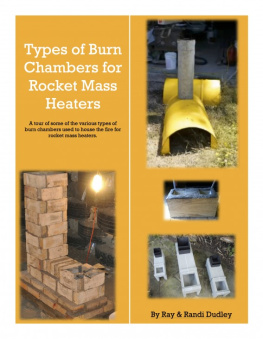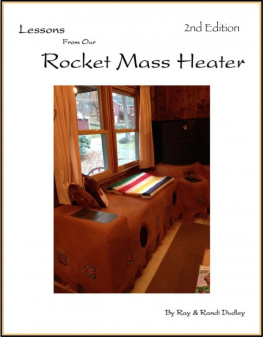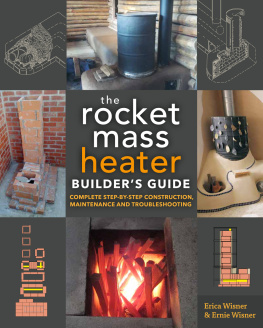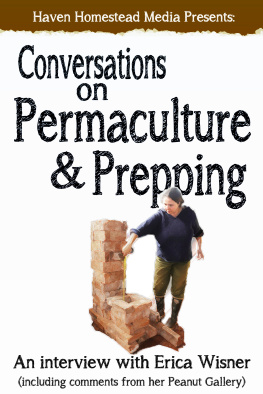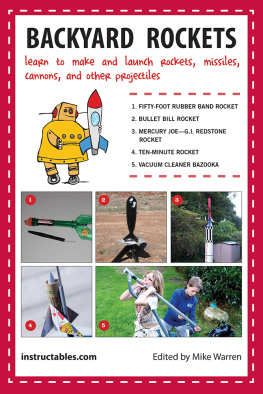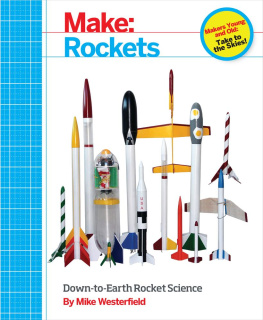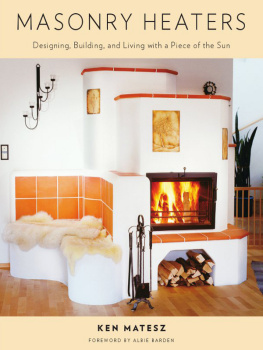Burn Chambers for
Rocket Mass Heaters
An ebook by
Ray & Randi Dudley
Other Books by the Authors
Lessons from Our Rocket Mass Heater
Available at Smashwords
BURN CHAMBER 2ND SMASHWORDS EDITION
Published by Ray & Randi Dudley atSmashwords
Smashwords Edition, License Notes Thise-book is licensed for your personal enjoyment only. This e-bookmay not be re-sold or given away to other people. If you would liketo share this book with another person, please purchase anadditional copy for each recipient. If youre reading this book anddid not purchase it, or it was not purchased for your use only,then please return to Smashwords.com and purchase your own copy.Thank you for respecting the hard work of this author.
Copyright 2015 Ray & Randi Dudley
All rights reserved.
ISBN- 9781311665249
Chapter 1
The Start
Lets start at the beginning, shall we? So,have you started to build your rocket mass heater yet? Whether ornot you have, one of the things youll find out very quickly isthat theres a ton information out there. And thats great news,but, unfortunately its scattered all over the internet.
You know its kinda funny, but, you dontrealize how much you dont know about a subject until you decide tolearn about it. And a lot of niche ideas and projects deceptivelyappear to be very small and make you think you could garner theinformation quickly, have a short learning curve and then besuccessful in a short time.
Then reality sets in and, like the matrix,you find out theres a whole sort of underground world lurkingbehind the info. So you start by buying a book, then a dvd andthose lead you to online videos and those lead you to forums andblogs and websites. The next thing you know the rabbit hole hassucked you in and youre falling rapidly into a black hole ofinformation overload.
Some of its what you want while some ofits connected to your subject, but, not really useful. And some ofit is interesting, but, absolutely useless and has pulled you inand sidetracked you.
Rocket mass heaters are no different.Theres no shortage of folks that have built one and then haveoffered their expertise about how they did it. Theres informationabout how to make the cob for the mass and what materials to buryin it. Theres sites that offer discussions about cob/earthenplaster finishes. Theres blogs and threads and videos aboutalternative building materials and even more websites and videosabout how theyre being used (i.e. greenhouses, workshops,sunrooms, etc).
So, where do you begin and how can youshorten your research time so that you can jump in and startcreating your own work of art? Well, just like the old joke. Q:How do you eat an elephant? A: One bite at a time. You start atthe beginning and the beginning for your rocket mass heater is theburn chamber.
This booklet wont be about HOW to buildone, but, it WILL be about introducing you to some of the differenttypes. Youll get the pluses and minuses about the various typesalong with links to view them and get more information about how tobuild or buy them.
As an aside, due to the nature of internetbooklets like this one, we can now provide links that are live ororganic. Meaning that by clicking on them (even links provided inpdfs) your browser will open and youll be taken to the linkedsite.
That feature allows people like myself tokeep our booklets smaller in size because we dont have to stuffthe booklet with photos that end up creating large size files ANDyou get access to more information about that linked item than wecould include in the booklet. It also means that we dont have tosweat going afoul of copyright laws by printing photos we donthave the rights to.
So, were hoping that you wont bedisappointed that we dont have lots of pretty pictures scatteredin our material and that the only thing youre getting is theinformation you wanted to begin with.
Now, lets get going and talk burnchambers.
Chapter 2
The BrickVersion
When rocket mass heaters came into existencethey were created as a way to provide cheap heat to people in thirdworld countries. Due to their design they produced a great amountof heat using very little wood or combustible material. In manypoorer countries wood is getting scarcer and so the ability to burnsmaller sticks or items to get a lot of heat is very welcome.
Wood isnt the only commodity thats inshort supply, but, what tends to be found in larger quantities issand and clay (mixing them together makes cob) and, unfortunatelyin some countries, rubble. More specifically: bricks.
Ianto Evans, considered the father of rmhs,has used bricks almost exclusively on his heater builds. Lookthrough his materials and youll find everything revolves aroundusing bricks. And for good reason. They can usually be foundcheaply (and VERY often for free) and their size makes them easy totransport and work with. Individually theyre lightweight, easy tostack, have been used to make ovens and stoves for centuries and ifyoure into Legos they can provide hours of entertainment.
Heres some examples of burn chambers/rmhsbuilt using brick work:
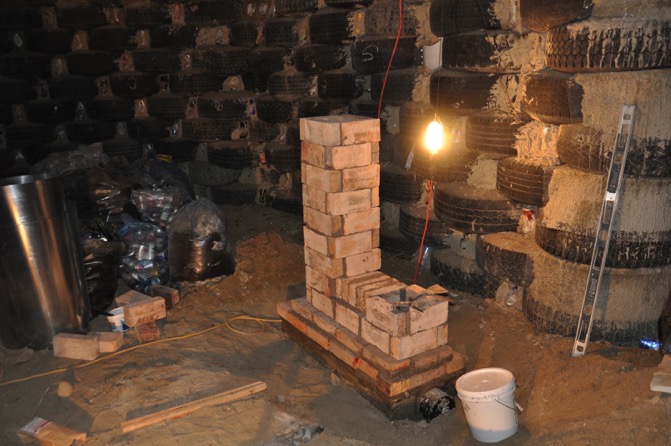
(The photo above comesfrom the DarfieldEarthship.com website.)
Heres another example of a typical brickburn chamber:
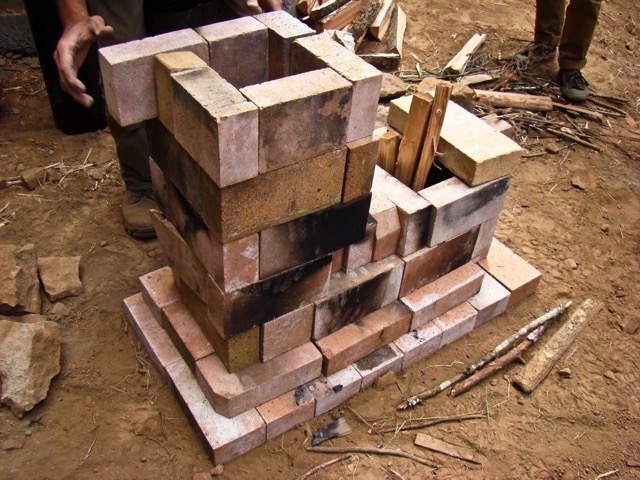
And of course heaters built by the worldfamous duo Ernie & Erica Wisner:
http://www.ernieanderica.info/rocketstoves (just scroll down)
http://www.scubbly.com/item/75812/ (this is the book about the Bonny Convection Heater. Itsbeautiful and the burn chamber was constructed ofbricks)
Bricks have a lot going for them. Theyresmall enough that they can be considered fairly portable and manyhands could make quick work in transporting them around. Theirsmall size makes them easy to work with: the average brick in theUS is approximately 8 x 4 x 2.25 inches. And since theyre not veryheavy women and small children can help out. If youre to getbricks for free many times they may need to be cleaned up a bit,but, thats minor stuff.
Heres the demonstration of a system builtby Erica Wisner during the innovators workshop at Paul Wheatonssite complete with a burn chamber and a manifold both built withbricks:
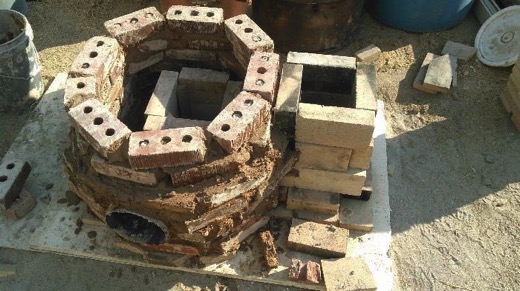
And here are pictures of a work in progressof a burn chamber/heater of another system inside of a wofati. Thisone was also constructed during that workshop:
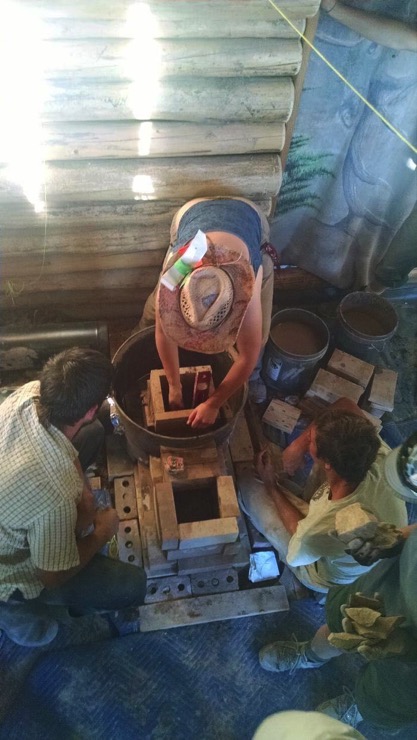
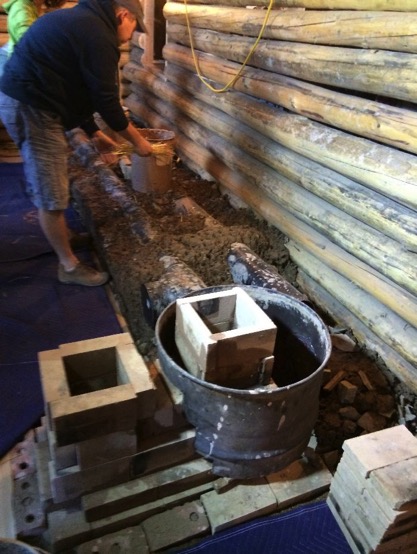
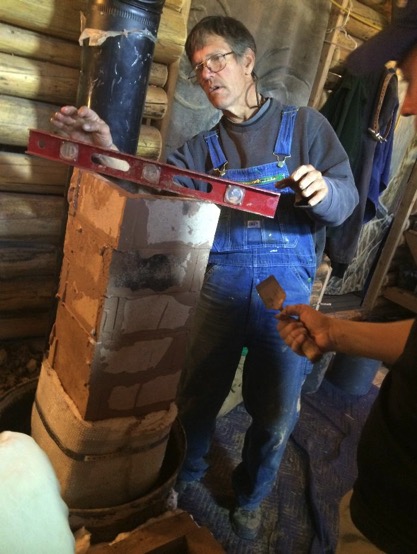
And the final product:

Next page
